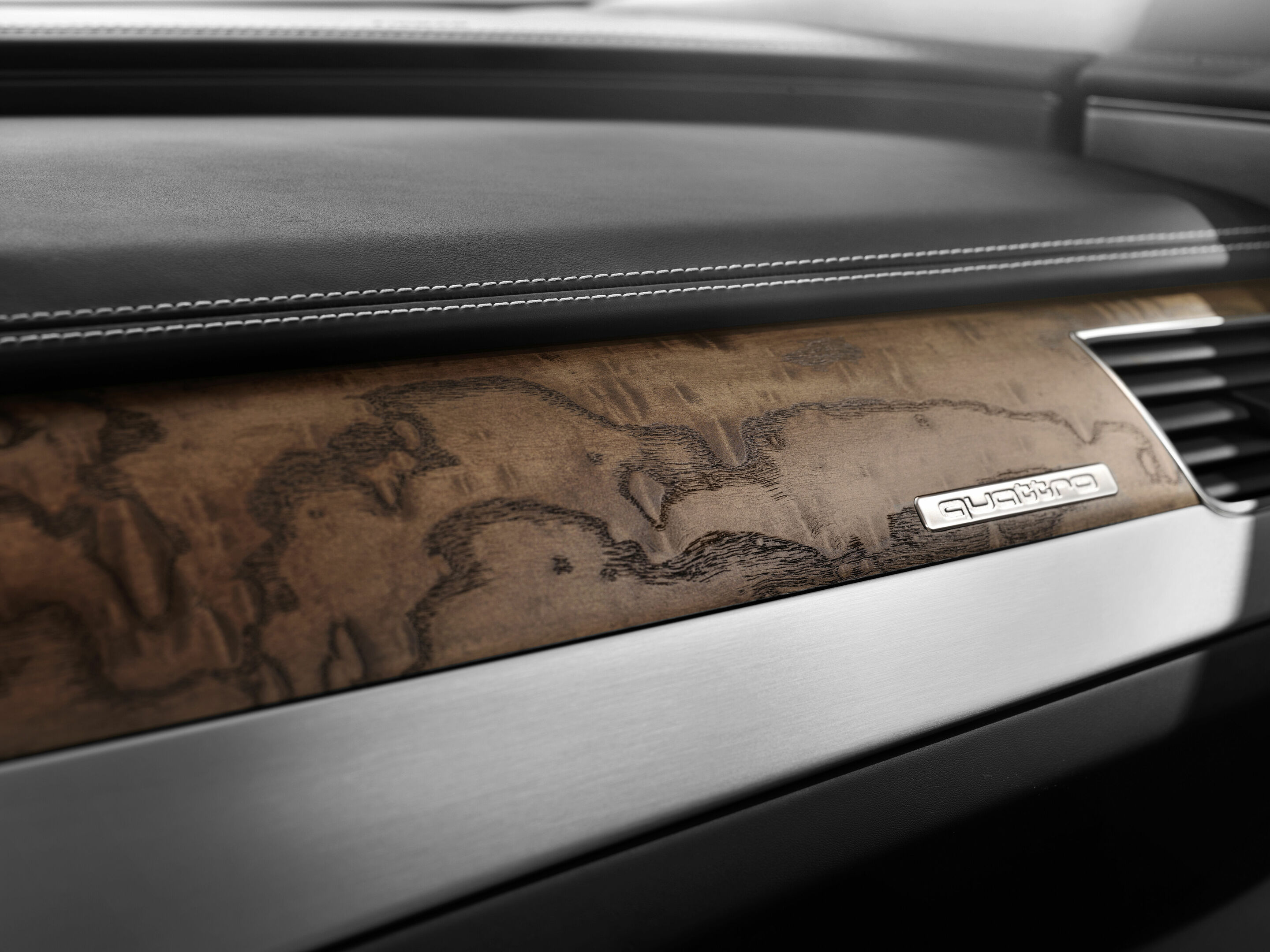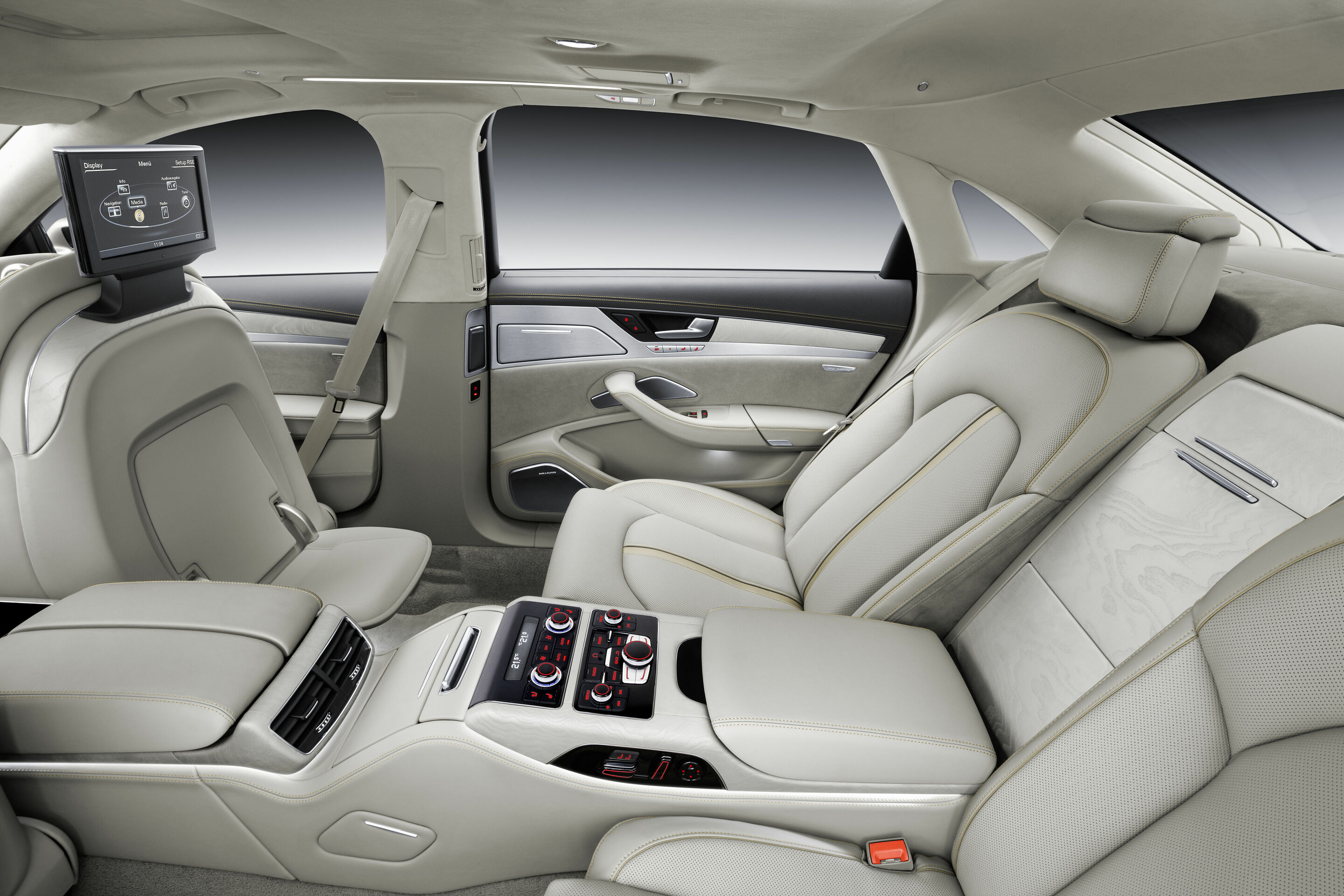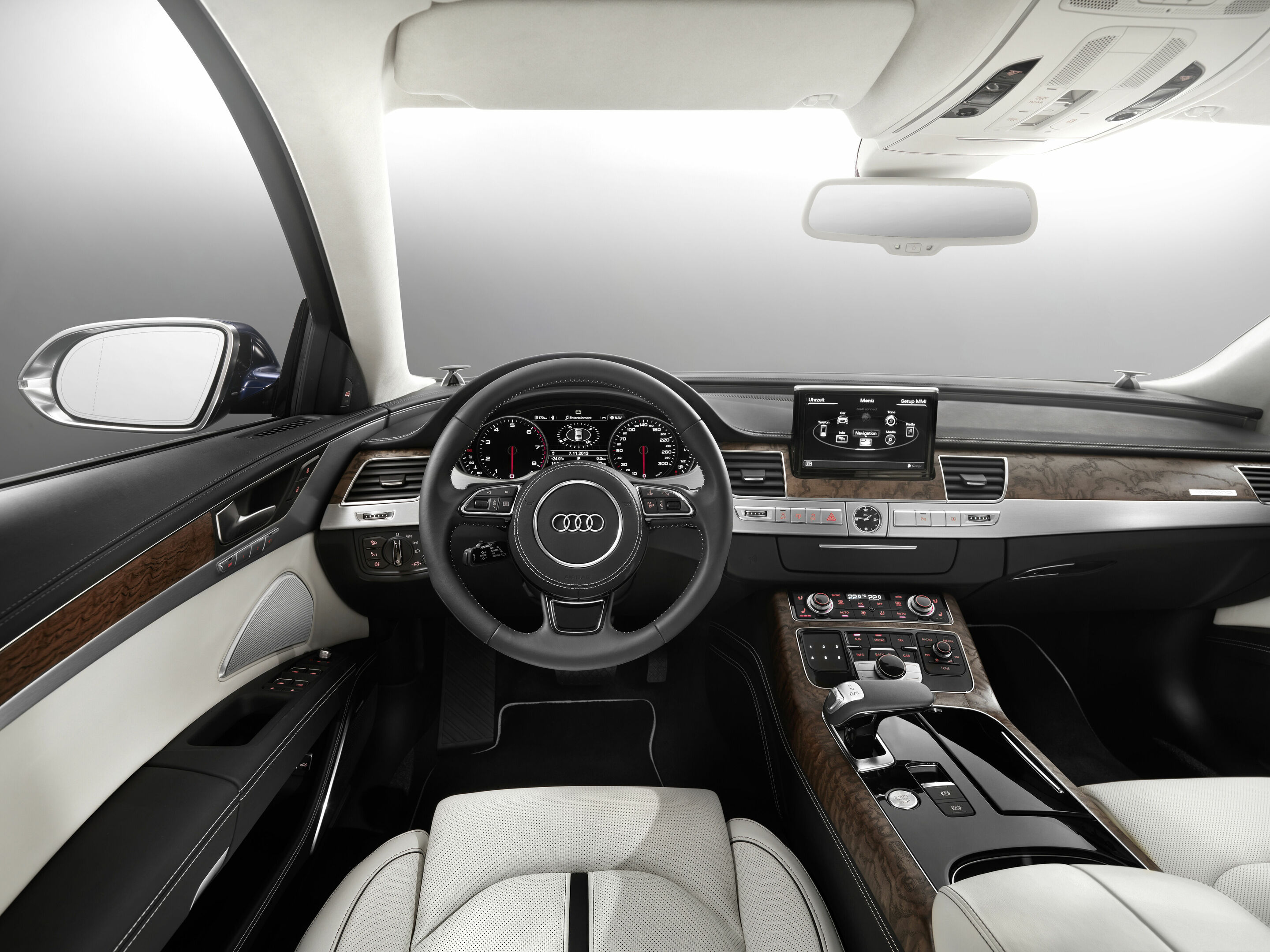Search
All search results for "W12"
(24)
 Bentley marks sixth consecutive year of profitability funding significant site capital investments in 2024
Bentley marks sixth consecutive year of profitability funding significant site capital investments in 2024
Bentley’s latest financial performance support the company’s industry-leading Beyond100+ strategy, as it drives towards self-funding its ambition of being exclusively electric by 2035 and introducing a new hybrid or electric model every year for the next decade. 2024 was a year of transition for Bentley’s brand-defining Continental GT model.The third generation gave way for the fourth meaning the end of W12 engine production in Crewe and the introduction of all new ultra-performance V8 hybrid powertrain. This was also introduced in the Flying Spur four-door sedan towards the end of the year. Both were launched initially in highly positioned Speed and Mulliner derivatives. Lower powered derivatives follow in 2025. Commenting on the results, Dr. Frank-Steffen Walliser, Chairman and CEO of Bentley Motors, said: “Last year marked a milestone year in our transformation as we prepare for our electric future. We are investing at levels never seen before at Bentley, as we not only revolutionise our product cycle plan, but also transform an 85-year-old site for a new age of electrification. These are the critical foundations that will build our long-term sustainability and success. “Despite global challenges in 2024 and the run out and replacement of three of our four model lines, financial resilience measures introduced towards the end of the last decade ensured a sixth year of consistent profitability. “Looking forward to 2025, of course we continue to navigate difficult global market conditions and maintained volatile political and economic environments, however our strength of sales is strong. We have reached record levels of revenue per car, a well-balanced export strategy and a clear structure to maximise personalisation. This, added to a full year availability of our new plug-in hybrid Continental GT and Flying Spur models gives us a great deal of optimism and will have a significant, positive impact on our order bank and sales as we continue through the year.”

System torque is increased by over 11 per cent compared to the outgoing W12-powered Continental GT Speed, from 900 Nm = to 1000 Nm (738 lb ft). System power has also increased by 19 per cent, from 659 PS to 782 PS. This makes the new Continental GT Speed the most powerful Bentley ever, beyond the levels of the second-generation Supersports and the Batur. The power is delivered via an eight-speed dual clutch transmission and an electronic limited slip differential (eLSD) to all four wheels, for exceptional power delivery and reliable traction in all conditions. The system uses active torque vectoring front to rear through a centre differential, and precision vectoring across each axle using the brakes. There are three key powertrain system elements: The new 600 PS, 800 Nm (590 lb ft) V8 engine – with no traditional vacuum system, and 350 bar fuel injection pressure (raised from 200 bar) provides cleaner combustion and improved emissions. With the e-motor negating turbo lag, twin single-scroll turbochargers have been used – which reduces complexity and allows them to run hotter, minimising emissions. Therefore, no cylinder deactivation hardware is required, as the engine can be switched off entirely when using the electric motor. The 190 PS, 450 Nm (332 lb ft) electric motor within the transmission housing delivers torque-fill at low engine speed and does the same during gear shifts for extra smoothness. The 25.9 kWh battery, which is mounted behind the rear axle. This helps achieve a perfect weight distribution and up to 85 per cent of the battery capacity is useable. The system manages the energy flows dependent upon the mode chosen – with pure EV, electric boost, regenerative braking – and, most importantly for this new GT Speed – a charge mode, where the engine drives the wheels and charges the battery at the same time.
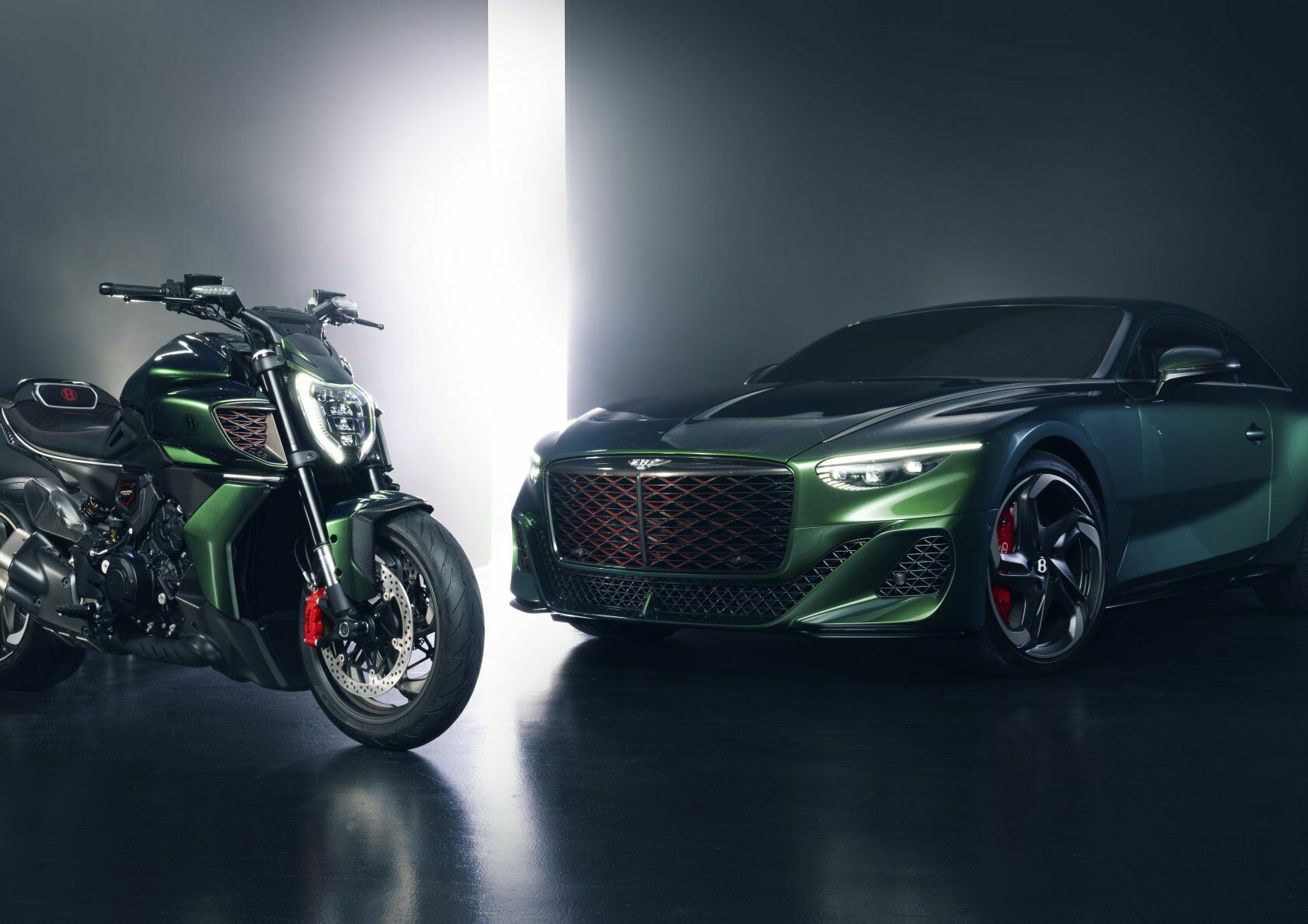 Ducati Diavel for Bentley: exclusivity, performance and craftsmanship in a true two-wheeled work of art
Ducati Diavel for Bentley: exclusivity, performance and craftsmanship in a true two-wheeled work of art
Batur is Bentley's most powerful production car ever, with a 740 PS twin-turbo W12 engine, coach-built in just 18 examples. More than that, the Batur combines benchmark Bentley craftsmanship with sculptured, muscular bodywork that defines a new design DNA for Bentley with previews a new design direction for the brand. The visual message communicates great power and elegance, without ostentation or excess. The 18 examples of the Batur are individually hand-crafted by Mulliner, the oldest coachbuilder in the world and Bentley’s in-house bespoke division. In addition to the 500 Diavel for Bentley examples, Ducati also offers a series of just 50 examples, called Diavel for Bentley Mulliner. The 50 Diavel for Bentley Mulliners will be available exclusively to Bentley customers, who through direct collaboration with the designers of the Centro Stile Ducati, will be able to configure their Diavel for Bentley Mulliner with different colours for the saddle, front brake calipers, carbon fibre parts and rims. They will also be able to choose the same colour as their car for the bodywork parts or one of those from the exclusive palette selected by the designers of the Crewe company. The Diavel for Bentley, like all collectible Ducatis, is delivered with a certificate of authenticity, a passenger seat and a motorcycle cover. The name of the model and the production number of the unit are engraved on a plate inserted in the carbon fibre cover of the vertical head, on the right side of the motorcycle. Both the dashboard, equipped as standard with turn-by-turn navigator, and the LED matrix of the rear light cluster offer a special animation at the key-on which makes the Diavel for Bentley even more unmistakable. Finally, each Diavel for Bentley will be delivered in an exclusive personalized wooden case.
 Bentley announces strong half-year financials
Bentley announces strong half-year financials
This includes a transformation from a W12 and V8-centred product portfolio to fully electric within a decade, and in parallel a fully carbon neutral organisation. This as part of a €3 billion, ten-year investment programme in future models and at the Pyms Lane factory in Crewe, England, where all Bentley models are built. Half-year financial figures Financial result 2023 HY 2022 HY Revenue €1.681 billion (-2%) €1.707 billion Operating Result €390 million (-2%) €398 million Return on Sales 23.2 per cent 23.3 per cent Half-year sales figures Market 2023 HY 2022 HY 2023 HY (% of total sales) Americas 2,065 (0%) 2,068 29% Chinese mainland, Hong Kong and Macau 1,512 (-7%) 1,621 21% Europe 1,340 (-12%) 1,524 19% Asia Pacific 963 (+5%) 916 14% United Kingdom 688 (-13%) 795 10% Middle East 528 (+11%) 474 7% Total 7,096 (-4%) 7,398 100%
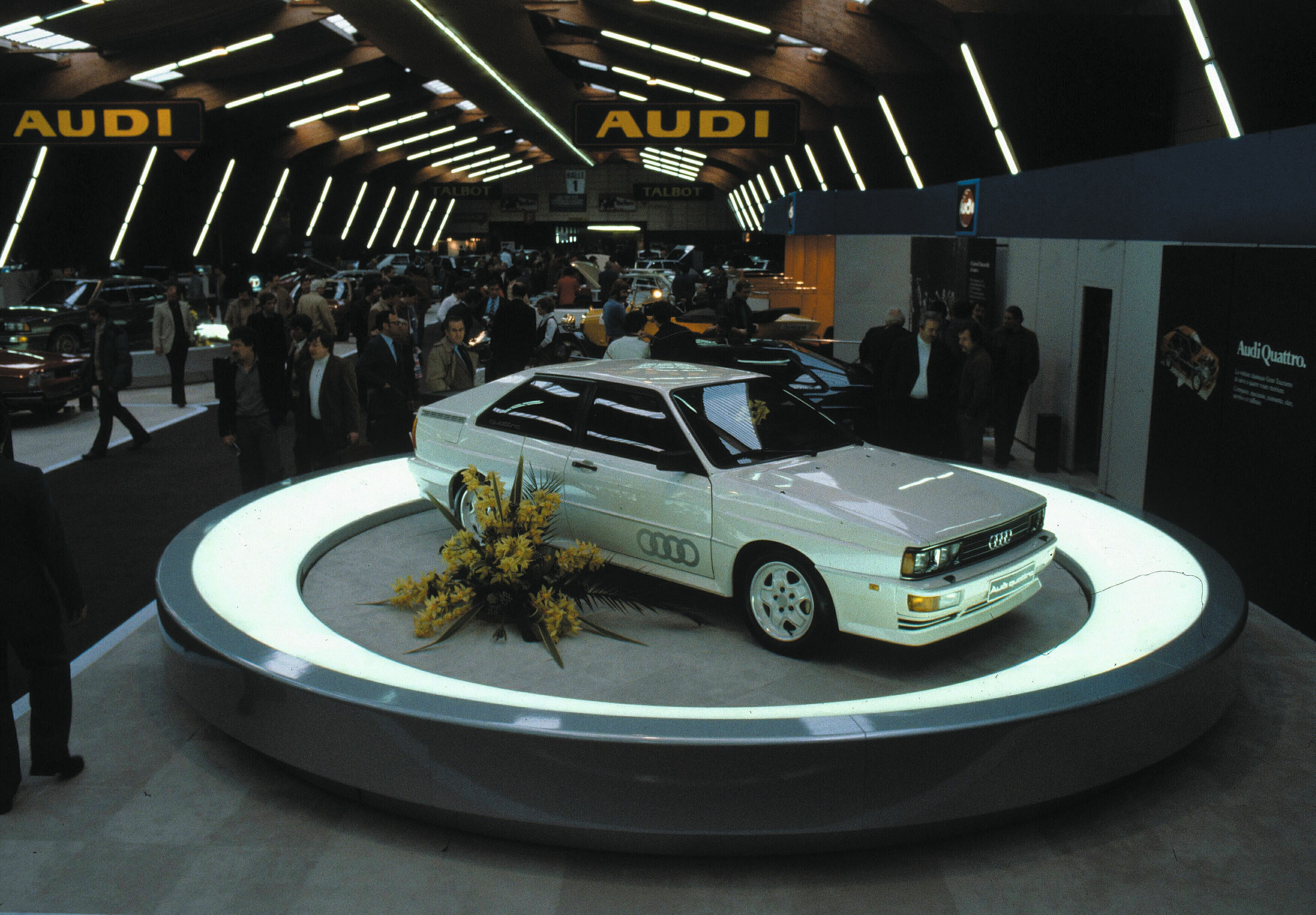 Over 40 years of quattro – over 40 years of Vorsprung durch Technik
Over 40 years of quattro – over 40 years of Vorsprung durch Technik
It was designed to feature a W12 engine producing 374 kW (509 PS) mounted longitudinally ahead of the rear axle, the manual transmission in the quattro drivetrain positioned between the front wheels. The Audi TT quattro Coupé and Roadster concepts presented in fall 1995 indicated the way to series production. Three more concept cars marked the expansion of the model range in 2003. At the Detroit Motor Show in January, Audi presented its Pikes Peak quattro, the predecessor to the Q7. This was followed at the Geneva Motor Show by the Nuvolari quattro two-door coupé, which paved the way for the A5. Then, in September, the Audi Le Mans quattro was the star of the IAA in Frankfurt – and also the spitting image of what would later become the R8. The Audi R8 e-tron concept, one of the stars of the IAA in 2009, was a sports car with electric-only drives at all four wheels. In 2010, the Audi quattro concept – a re-interpretation of the original quattro – appeared at the Paris Motor Show. From 2015 on, numerous concept cars heralded the future arrival of standard e-tron models with electric all-wheel drive: the Audi e-tron quattro concept (IAA 2015), the Audi e-tron Sportback concept (Shanghai 2017), the Audi e-tron GT concept (Los Angeles 2018), and the Audi Q4 e-tron concept (Geneva 2019). All terms in blue in the text are explained in detail in the technology lexicon at www.audi-mediacenter.com/en/technology-lexicon.
 The track record
The track record
It was designed to feature a W12 engine producing 374 kW (509 PS) mounted longitudinally ahead of the rear axle, the manual transmission in the quattro drivetrain positioned between the front wheels. The Audi TT quattro Coupé and Roadster concepts presented in fall 1995 indicated the way to series production. Three more concept cars marked the expansion of the model range in 2003. At the Detroit Motor Show in January, Audi presented its Pikes Peak quattro, the predecessor to the Q7. This was followed at the Geneva Motor Show by the Nuvolari quattro two-door coupé, which paved the way for the A5. Then, in September, the Audi Le Mans quattro was the star of the IAA in Frankfurt – and also the spitting image of what would later become the R8. The Audi R8 e-tron concept, one of the stars of the IAA in 2009, was a sports car with electric-only drives at all four wheels. In 2010, the Audi quattro concept – a re-interpretation of the original quattro – appeared at the Paris Motor Show. From 2015 on, numerous concept cars heralded the future arrival of standard e-tron models with electric all-wheel drive: the Audi e-tron quattro concept (IAA 2015), the Audi e-tron Sportback concept (Shanghai 2017), the Audi e-tron GT concept (Los Angeles 2018), and the Audi Q4 e-tron concept (Geneva 2019). All terms in blue in the text are explained in detail in the technology lexicon at www.audi-mediacenter.com/en/technology-lexicon.
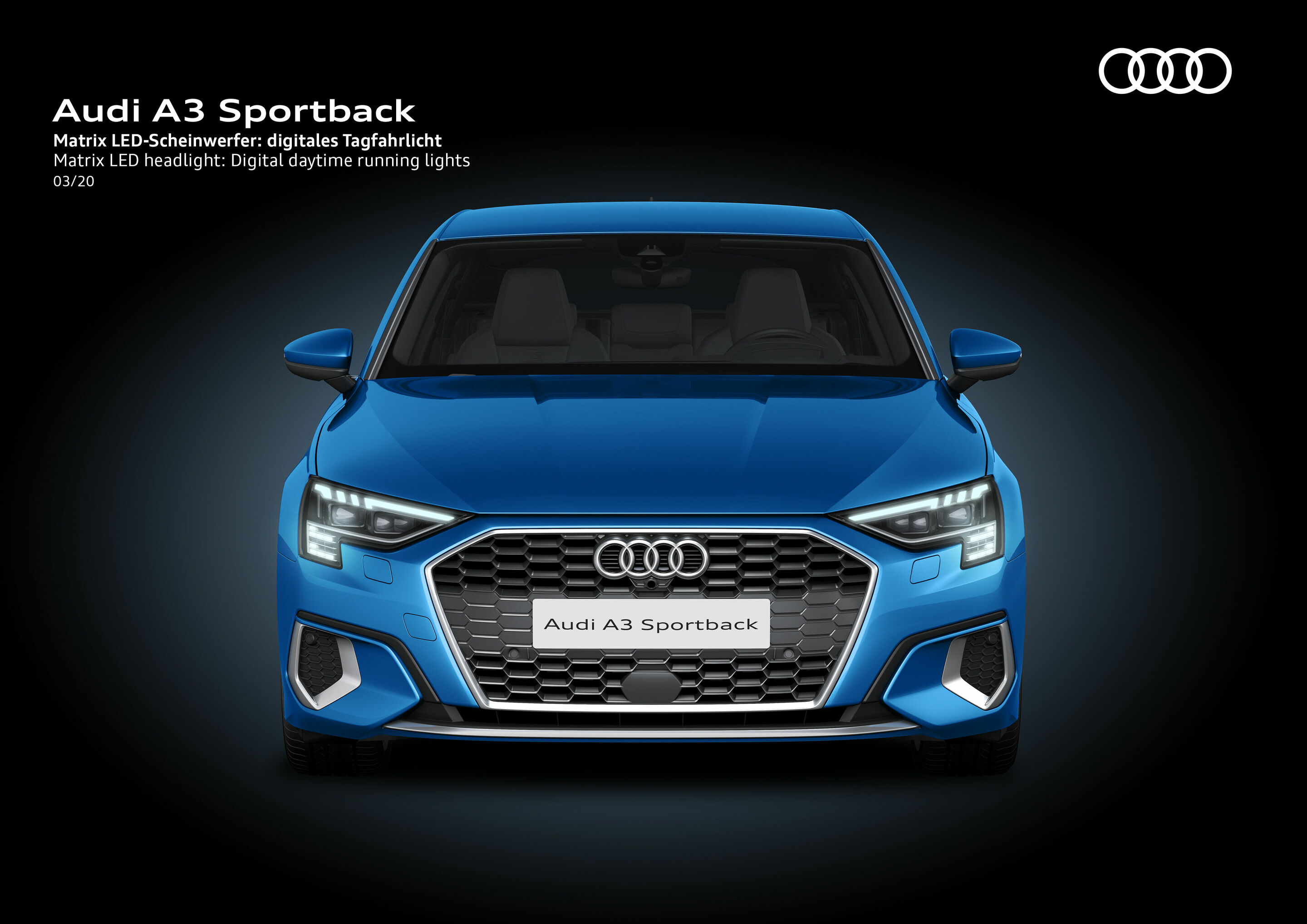
1994 Second-generation xenon headlights in Audi A8 2003 Audi adaptive light with automatic-dynamic headlight range control in Audi A8 2004 LED daytime running light in Audi A8 W12 2007 “String of pearls” daytime running light as a lighting strip in Audi A4 2008 Full LED headlights in Audi R8, now available across model ranges 2010 LED headlights with adaptive light in Audi A8; connectivity of the headlights with navigation data 2011 Visually homogeneous LED rear lights in Audi A6 2012 Turn signal with dynamic indication in Audi R8 2013 Full LED headlights for the compact class in Audi A3 Audi is first manufacturer to be awarded EU validation of LED technology as eco-innovation Audi Matrix LED headlights with adaptive high beam in Audi A8 2014 Laser as additional high beam in Audi R8 LMX 2015 Opening of the Lighting Assistance Center with a light tunnel measuring 120 meters (394 ft) in length 2016 OLED rear lights in Audi TT RS 2017 HD Matrix LED headlights including laser as additional high beam in Audi A8 Dynamic lighting scenarios: leaving and coming home functions in Audi A8 2019 Digital Matrix LED headlights (DML) in Audi e-tron and e-tron Sportback 2020 Digital daytime running light signatures in Audi A3 Digital OLED technology in Audi Q5
 The enduring appeal of quattro
The enduring appeal of quattro
It was designed to feature a W12 engine producing 374 kW (509 PS) mounted longitudinally ahead of the rear axle, the manual transmission in the quattro drivetrain positioned between the front wheels. The Audi TT quattro coupé and roadster concepts presented in fall 1995 indicated the way to series production. Three more concept cars marked the expansion of the model range in 2003. At the Detroit Motor Show in January, Audi presented its Pikes Peak quattro, the predecessor to the Q7. This was followed at the Geneva Motor Show by the Nuvolari quattro two-door coupé, which paved the way for the A5. Then, in September, the Audi Le Mans quattro was the star of the IAA in Frankfurt – and also the spitting image of what would later become the R8. The Audi R8 e-tron concept, one of the stars of the IAA in 2009, was a high-performance sports car with electric-only drives at all four wheels. In 2010, the Audi quattro concept – a re-interpretation of the original quattro – appeared at the Paris Motor Show. From 2015 on, numerous concept cars heralded the future arrival of standard e-tron models with electric all-wheel drive: the Audi e-tron quattro concept (IAA 2015), the Audi e-tron Sportback concept (Shanghai 2017), the Audi e-tron GT concept (Los Angeles 2018) and the Audi Q4 e-tron concept (Geneva 2019).
